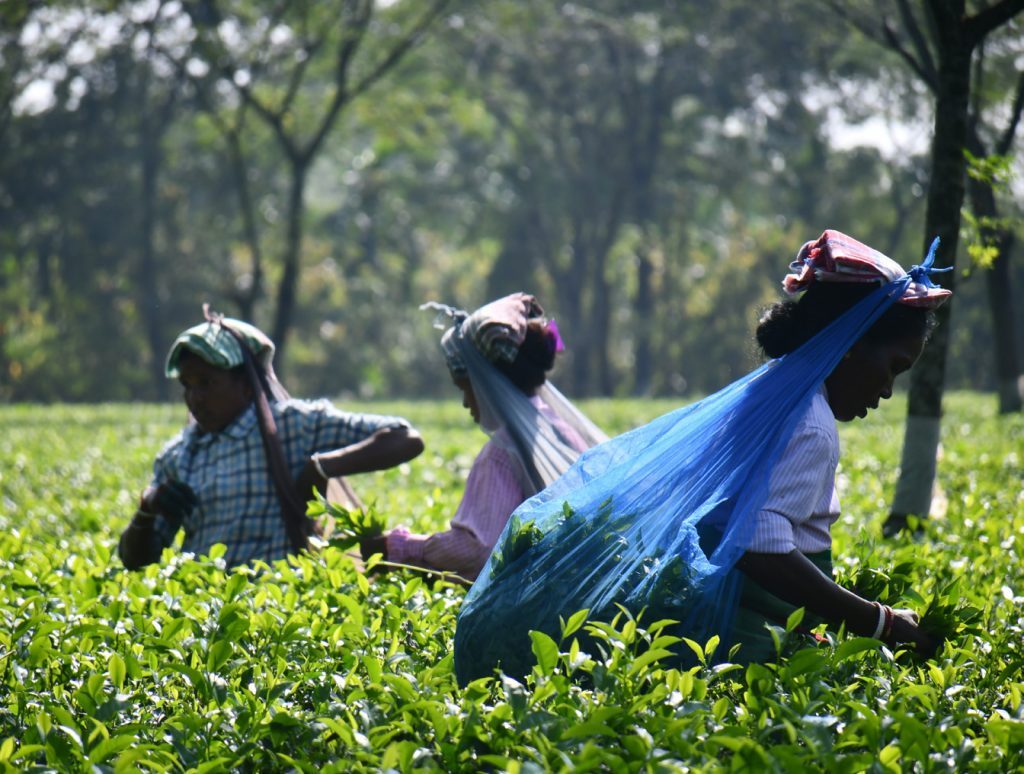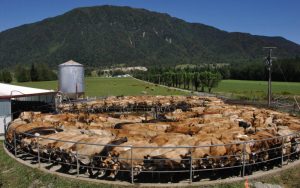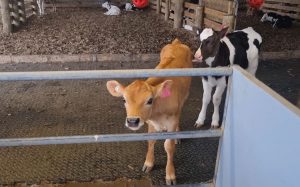
Sri Lanka went organic, and that, coupled with other bad policy decisions, saw the country go into bankruptcy in 2022. Soil scientist Dr Jacqueline Rowarth says we can learn from Sri Lanka’s mistakes.
In 2021, Sri Lanka decided to become an organic nation – the first country in the world to take the step. The Sri Lankan government apparently believed there would be rewards in the form of higher prices (a premium) paid for export produce.
Agrichemical imports were banned.
Although the government allowed farmyard manure to be applied under the agrichemical ban, it hadn’t calculated whether there would be sufficient manure produced in the country to compensate for nutrient export.
There wasn’t.
The result was a crash in yields: rice production decreased by 25% and tea by 35%. Media reports suggested that 30% of land was abandoned because farming under the new regime was financially unviable. Food was scarce and food-price inflation hit 21.5% in the year to December 2021 – the year of the organic experiment. Rural poverty increased and the economy suffered. Contributory factors included Covid-19 destroying the tourist industry. Riots followed.
Sri Lanka provides an example of what can happen if science is ignored.

The science says that to maintain soil quality, nutrients harvested (in food) from the soil must be replaced. Theories that the soil can supply everything that is needed works only in the short term or in a subsistence (low-yield) system. Scientists globally have studied soil biology, chemistry and physics and have the data. The research is under constant development, but it is clear that nothing comes from nothing – if maintaining soil quality and productivity is the goal, what is taken out must be replaced.
New Zealand scientists have been studying the soil that underpins production within the NZ environment for decades. Working with farmers in different parts of the country, soil scientists have identified how to manage the soils to increase soil organic matter and maintain productivity despite the removal of nutrients in meat, milk and other products sold (could be hay, maize silage, etc).
Developments have increased production while enhancing soil quality. Organic matter in soil, particularly under pasture, has increased since deforestation because of the addition of fertiliser to enable plants to grow and animals to be fed.
Testing and more testing
In the 1980s, the early iterations of what is now Overseer enabled farmers and their advisers to apply fertiliser to match nutrient exports while maintaining or developing the soil, depending on the starting point of the farm. The starting point is identified through soil tests which indicate the amount of the desired nutrient that will be available within the growing season.
The tests extract the nutrients in soil solution and a proportion of the plant-available pool. The tests have been calibrated for NZ soils and growing conditions, enabling target ranges to be established for different crops and soils. The tests have been used to assist farmers in their decisions about which fertilisers to use at what time and in what quantities – the four Rs refer to the right amount, right place, right time and right form of nutrient.
More recently, tests have been developed for cropping that allow an assessment of how much nitrogen the crop needs to achieve a desired yield, how much will come from the soil, and what must be applied to achieve that yield. An example is the AMAIZE-N calculator https://www.far.org.nz/articles/1244/amaizen-lite on the Foundation for Arable Research website.
For production to occur, nutrients that are removed in harvesting must be replaced. In general, the quantity of the nutrient is more important than the form.
Breakdown of soil organic matter provides nutrients, but the organic matter must be replaced if soil quality is to be maintained.
Suggestions that fertiliser isn’t necessary because the soil holds enough nutrients for hundreds of years should be regarded with scepticism, and evidence should be requested.
NZ scientists have data to support their statements about the importance of replacing nutrients.
When the subsidies were removed from agricultural production in the mid-1980s, some of MAF’s long-term superphosphate trials were converted to “withholding of superphosphate” trials. Effects weren’t seen for 3–7 years, depending upon the starting phosphorus concentration in the soil. Research papers describing the trials at Whatawhata, Te Kuiti and Ballantrae are available on the New Zealand Grassland Association website (www.grassland.org.nz).
The economics of withholding fertiliser were calculated in a paper published in 1990. The authors concluded that stopping fertiliser could be a sound strategy to survive periods of low product price:fertiIiser cost ratio. They warned, however, that doing so “will decrease sustainable productivity and hence farm resale value”.
Withholding fertiliser while continuing to sell products means exported nutrients are not being replaced. Ultimately the soil is being mined, and at some point (depending upon the starting nutrient concentrations) soil testing will show that the soils are deficient in nutrients. This is why the property will be devalued.
A 10-year update on the two remaining long-term trials, published on the Grassland Association website in 1999, reported that Olsen P had decreased, annual pasture production had decreased 10–17% (Whatawhata) and 22–42% (Te Kuiti), productive and desirable species had decreased (15–20% for ryegrass and white clover), and the abundance of undesirable species (browntop and other low-fertility grasses) had increased. The authors indicated that the systems had not yet reached a new equilibrium – deterioration was still occurring.
Although the soil does contain many nutrients, most (more than 90%) are not available to plants within the growing season. The time frames for availability are long and involve complex biological, chemical and physical transformations before the roots of a plant can access them. Cold and drought increase the time frames required.
Looking for stability
Further, the non-available nutrients form the structure of the soil matrix. In the organic matter, carbon, nitrogen, phosphorus and sulphur are part of the stable soil organic matter – stable because it is difficult to break down. Other minerals, some of which are nutrients, are part of the sand, silt and clay particles which, with organic matter, are the components of soil. If all the nutrients were accessed within the soil, the soil’s fabric would be destroyed.
Initial buffering of the biological system shields productivity losses after a change in management, but the longer the period of nutrient deficit, the greater the effect will be. In the case of Sri Lanka, the effect was almost immediate and devastating. Five to seven metres of rain is part of the reason for the quick collapse. Similarly, the Southland story of a move into regenerative agriculture when soil nutrient stores were already low, resulted in a rapid crash. Productivity returned after nutrients became available through the application of conventional fertilisers.
Fertiliser recommendations do not remain the same over time. They are constantly being adjusted according to enterprise, product and fertiliser price, soil nutrient status and nutrient harvesting in product. As science advances, approaches and recommendations are adjusted. The research that underpins the New Zealand soil testing system has been developed and calibrated for New Zealand soils and environment.
Maintaining soil quality is an art that balances biology, physics and chemistry as well as economics. Sri Lanka’s experience is not one that should be tried and stories from individual farmers support the case that nothing comes from nothing.





















